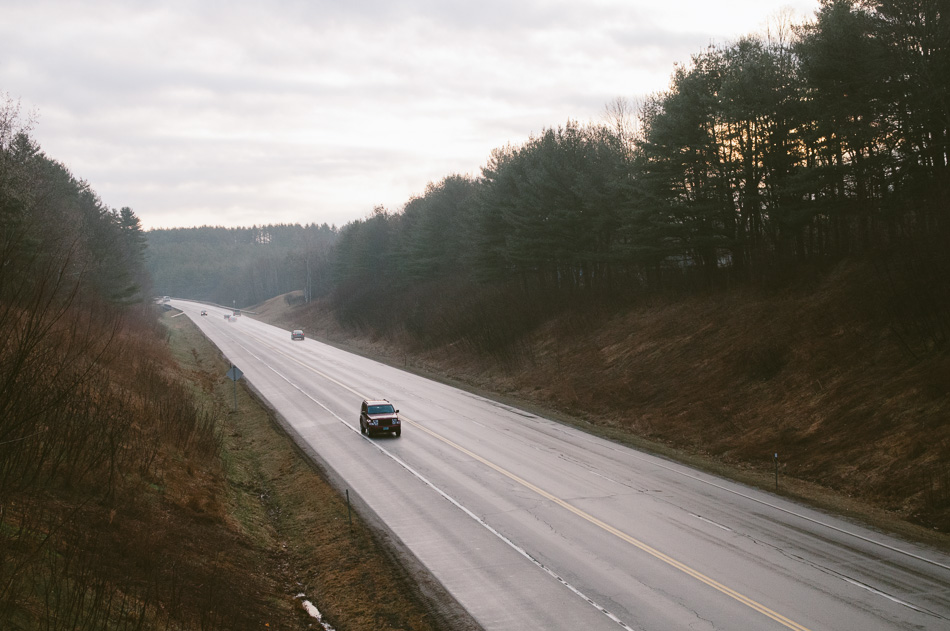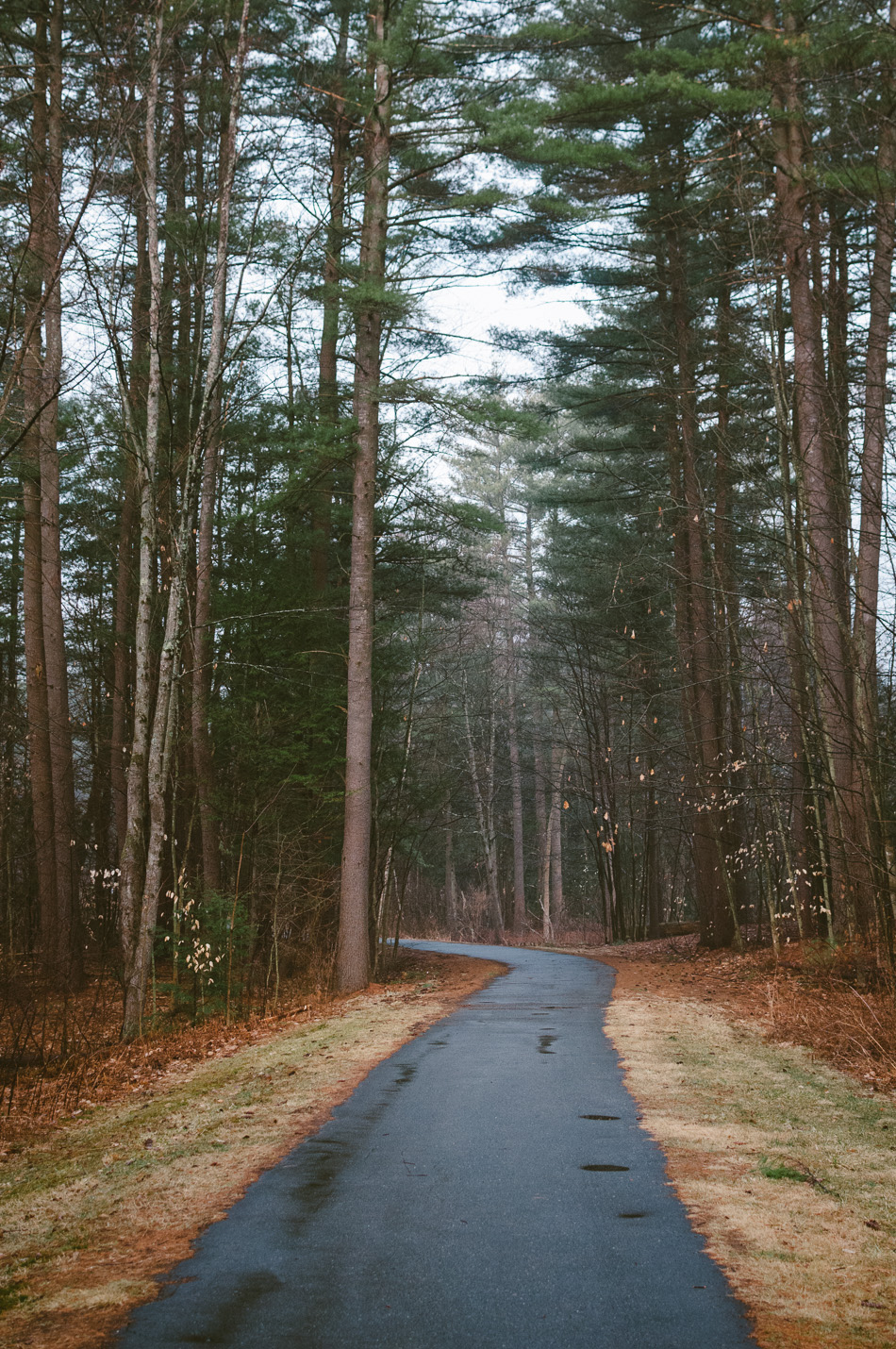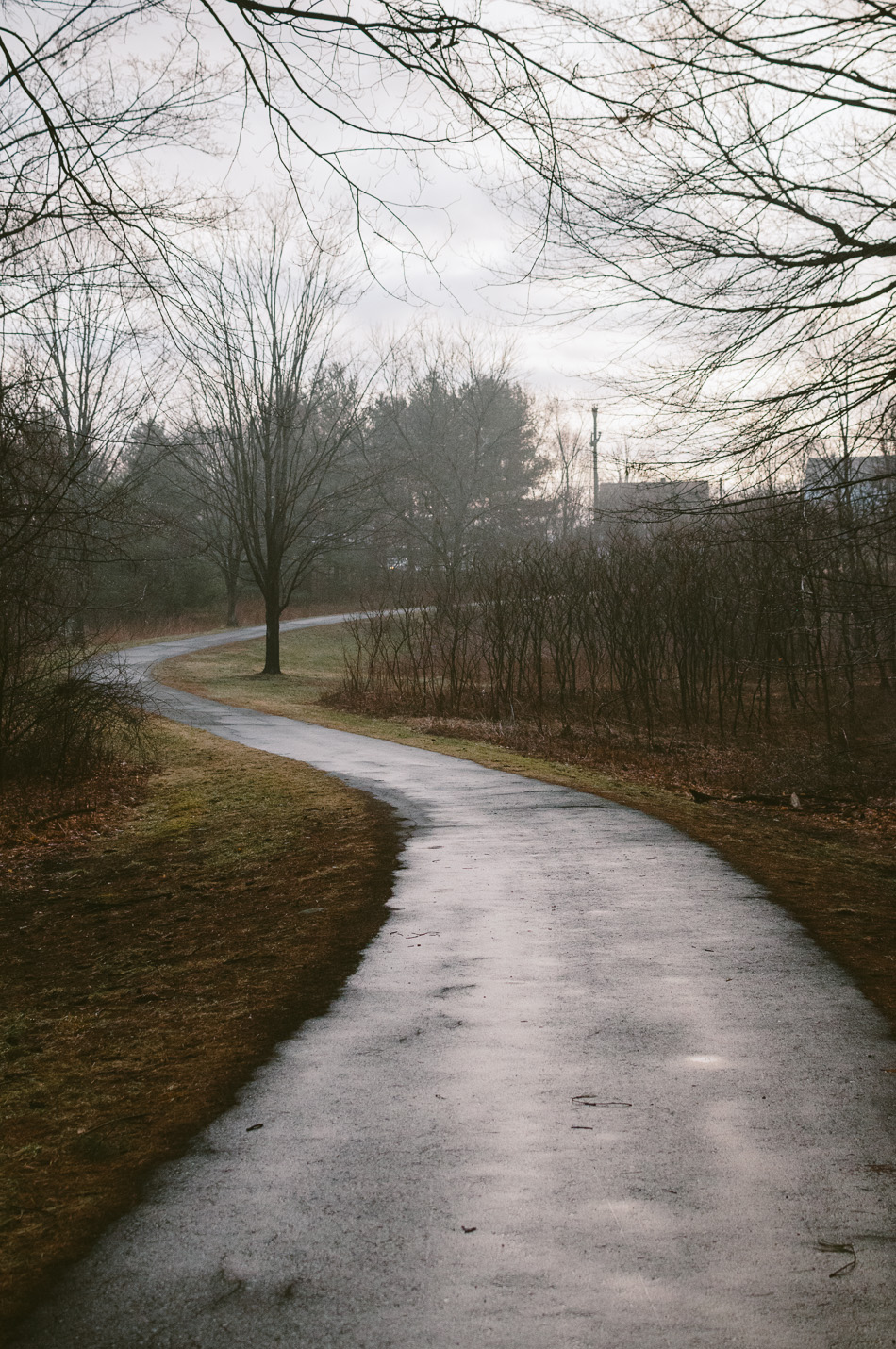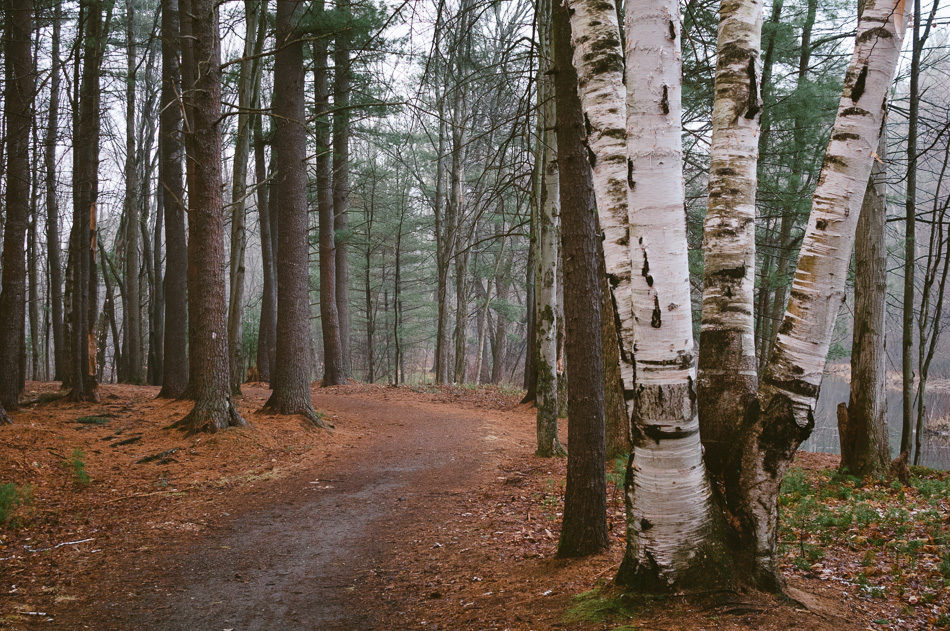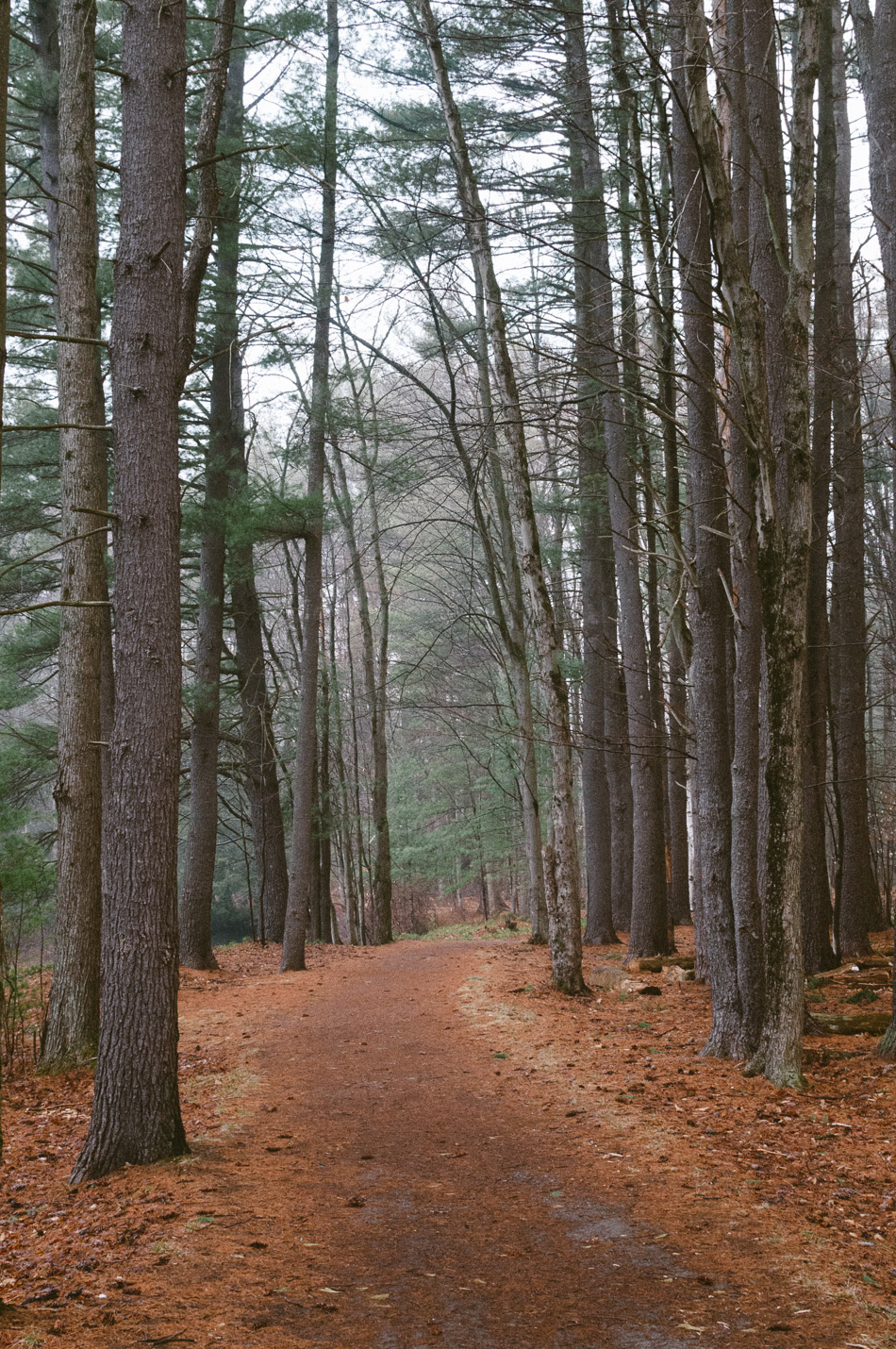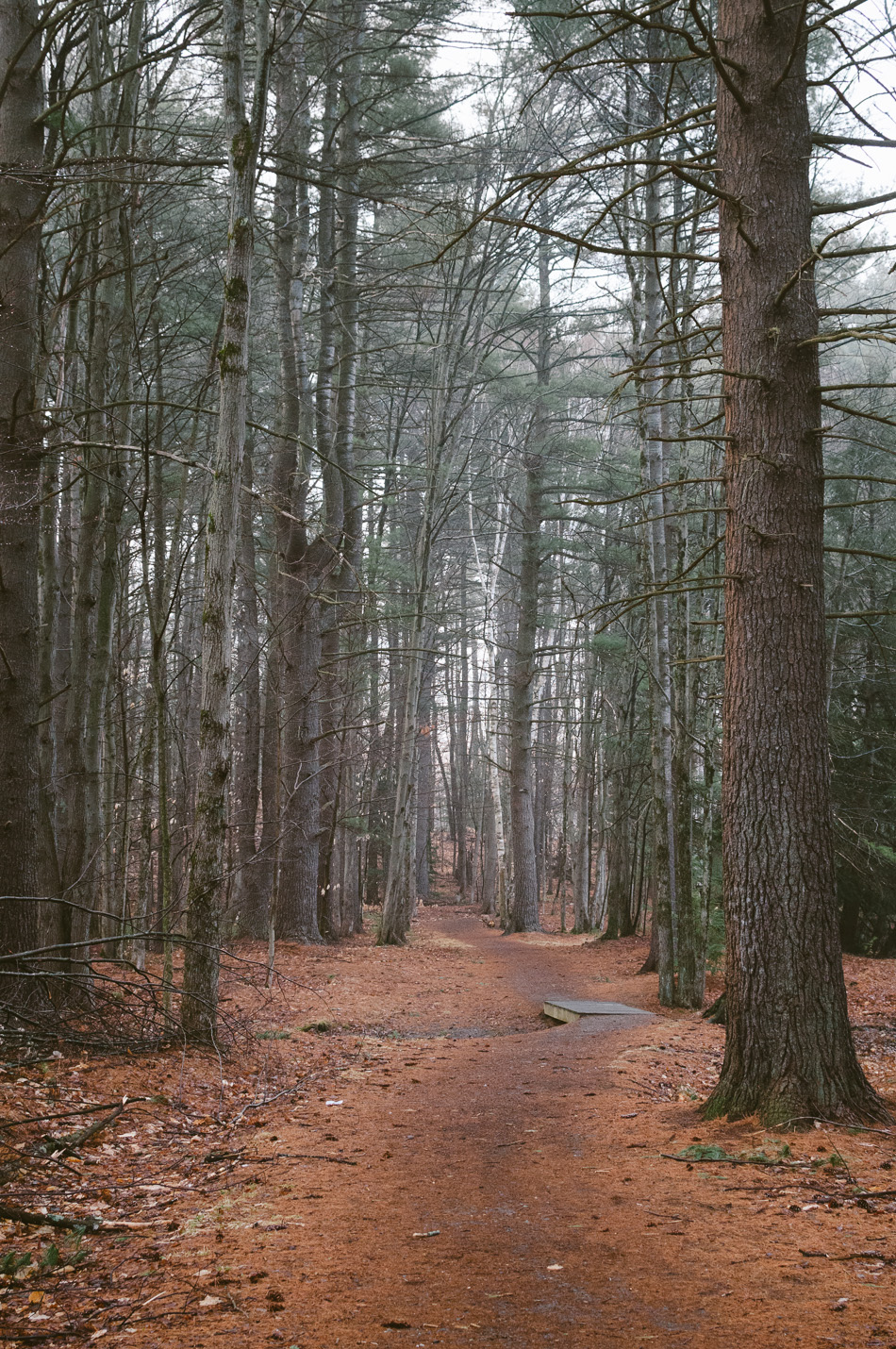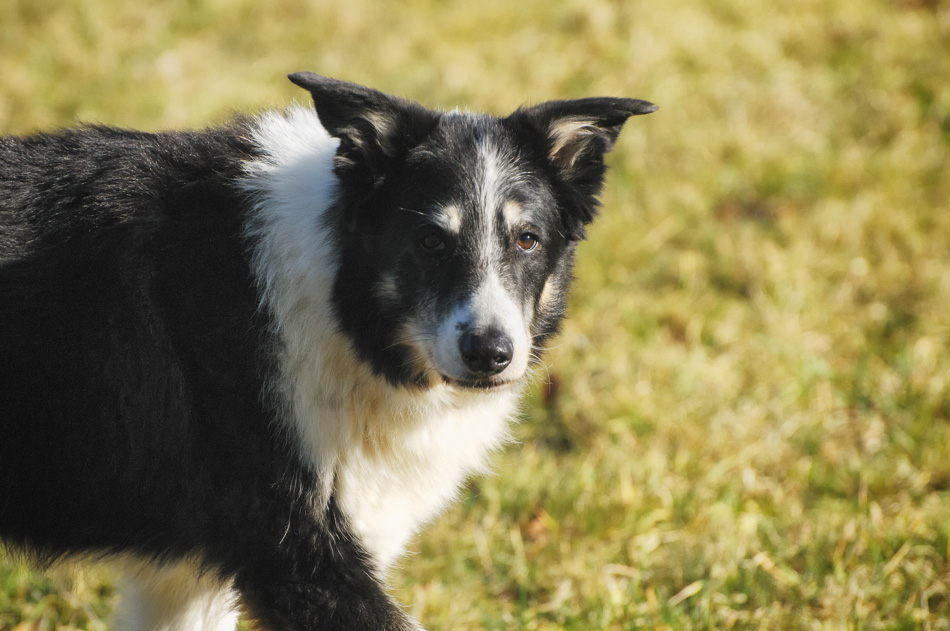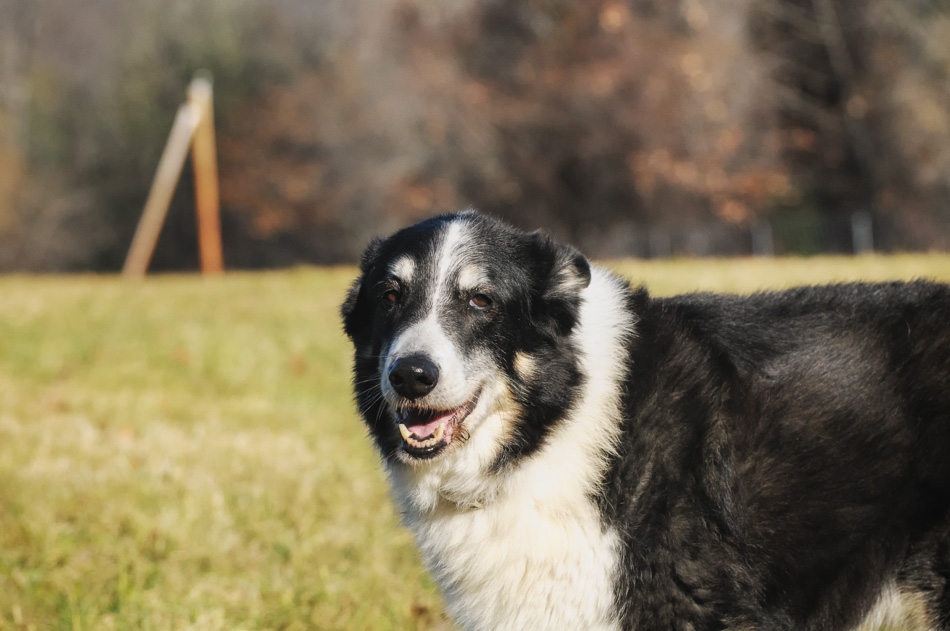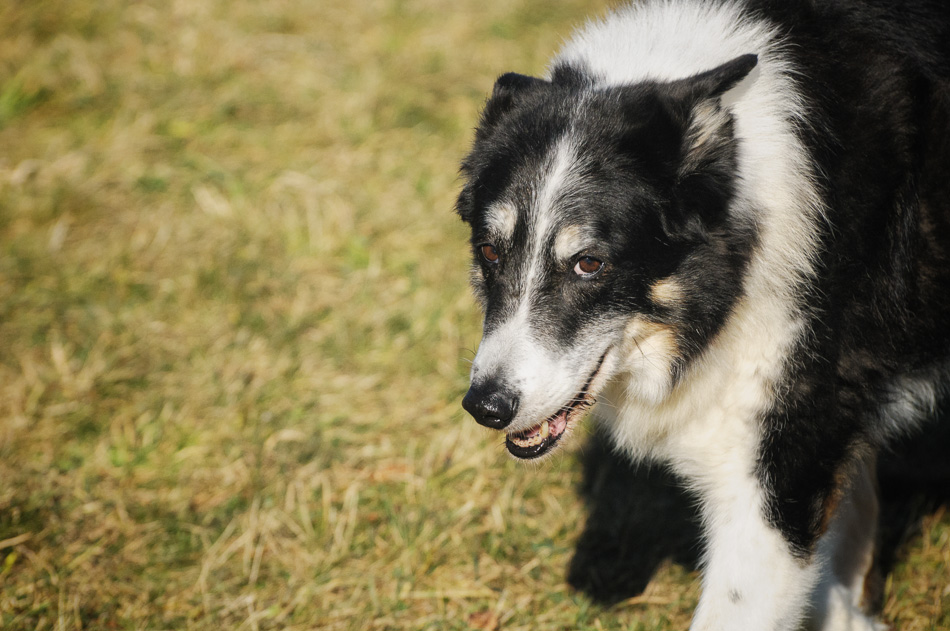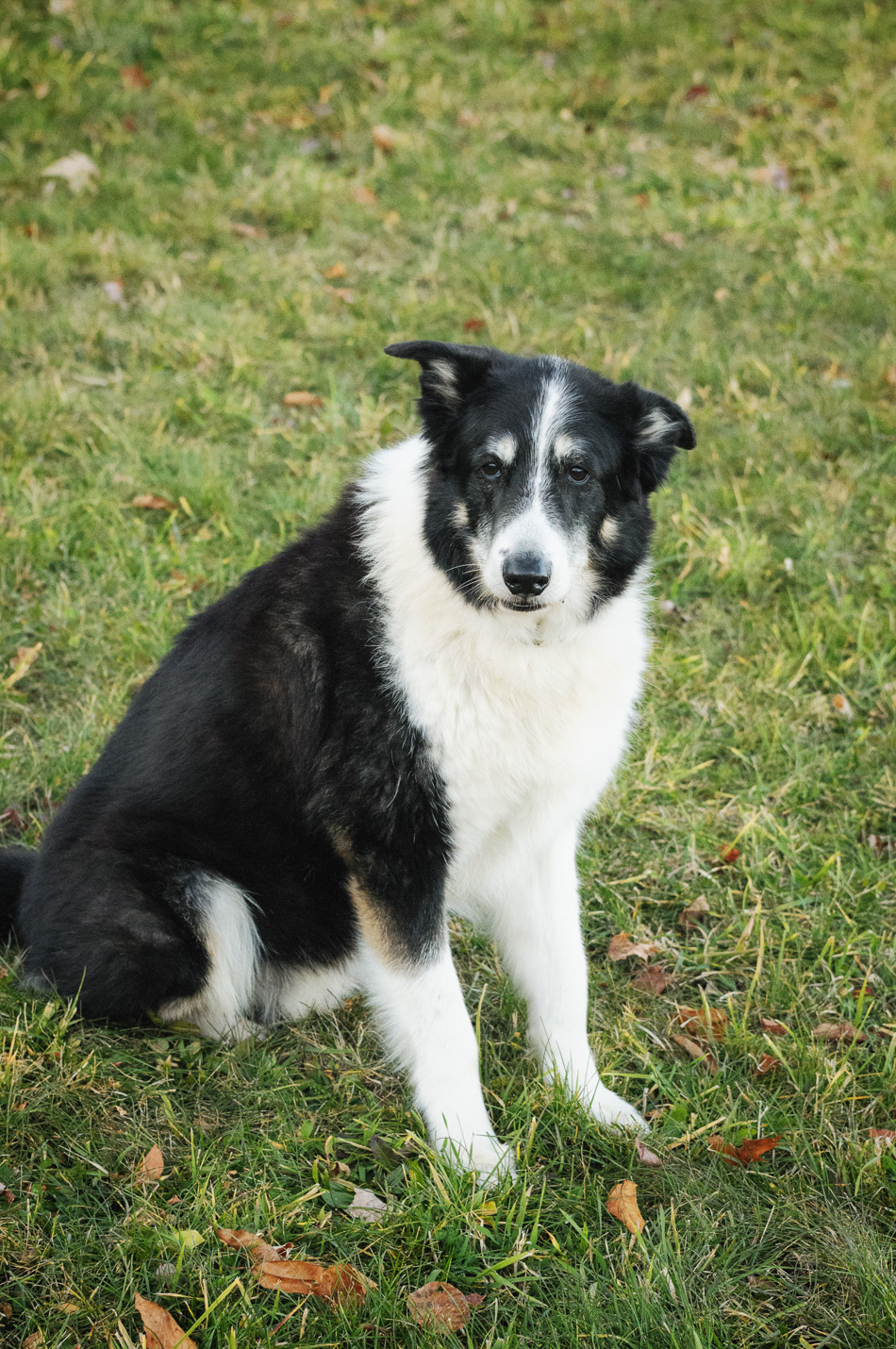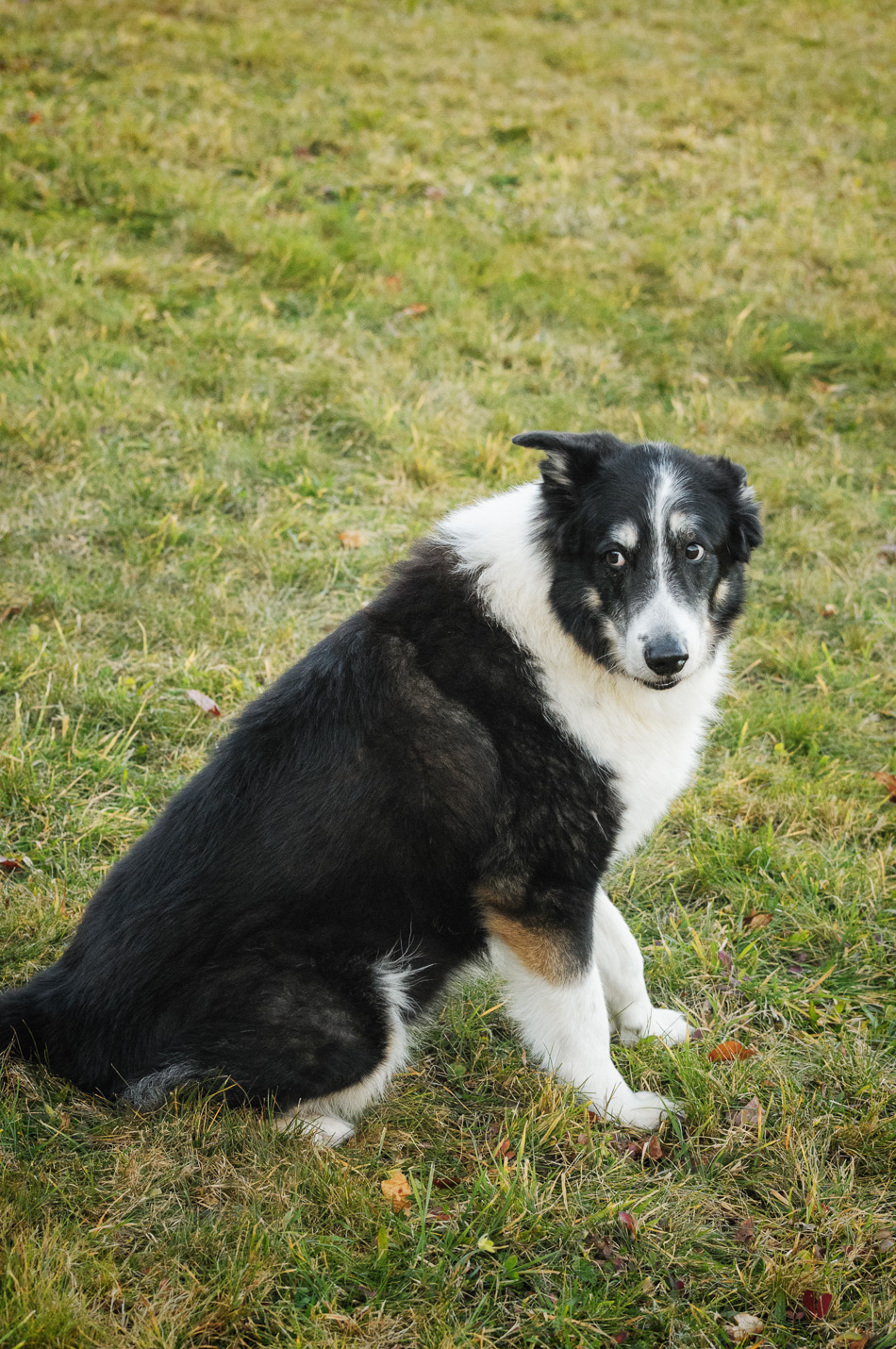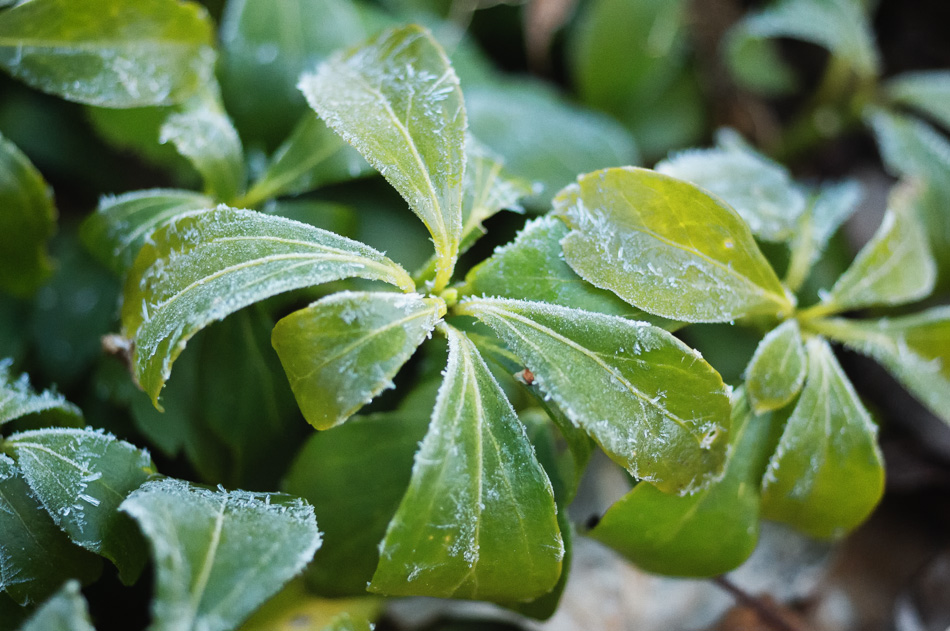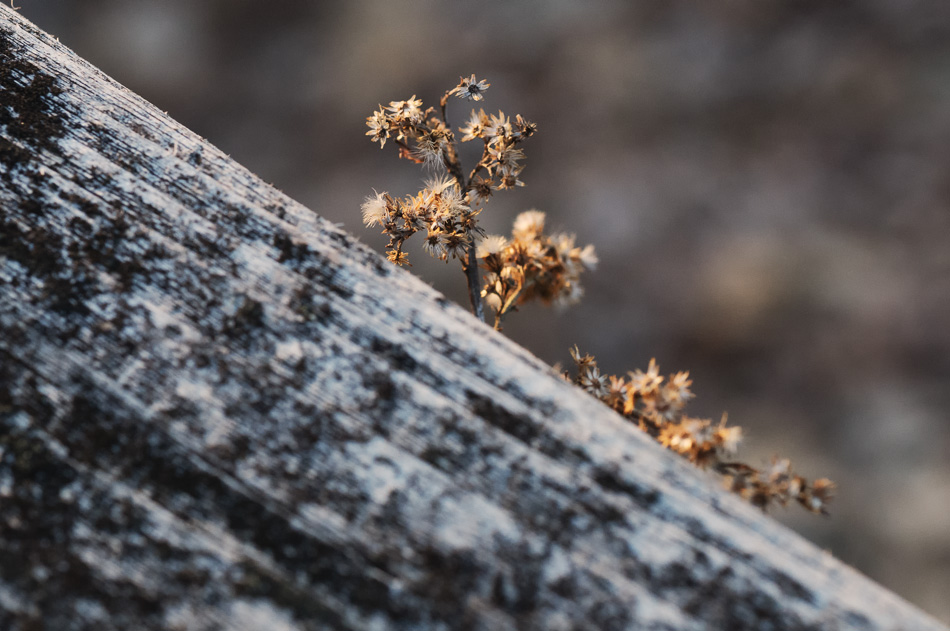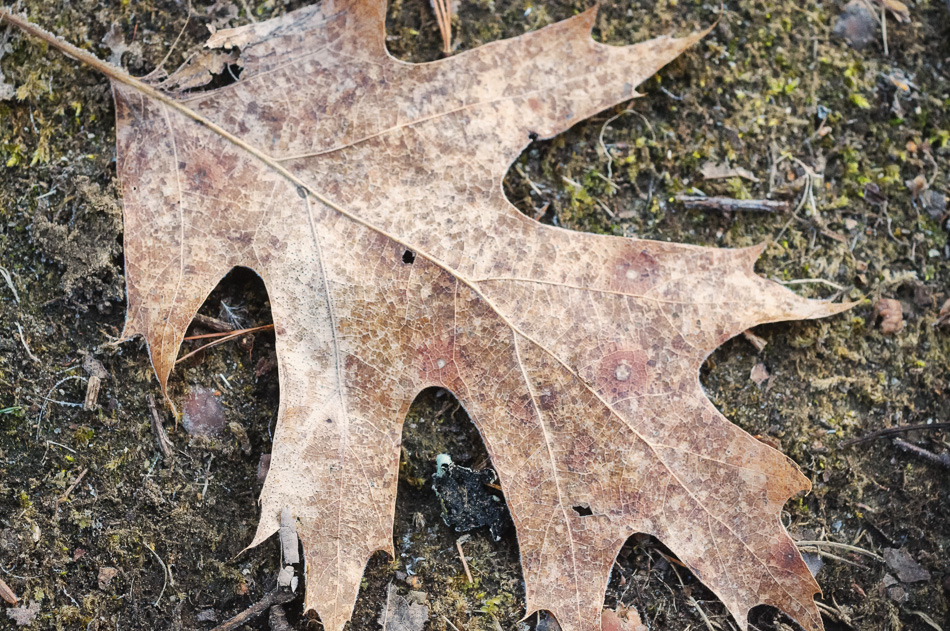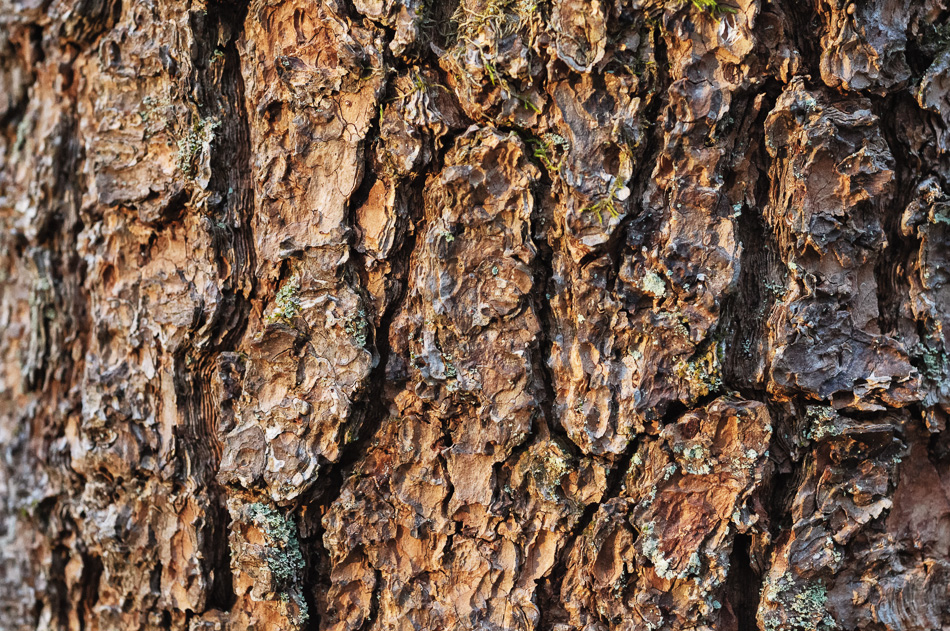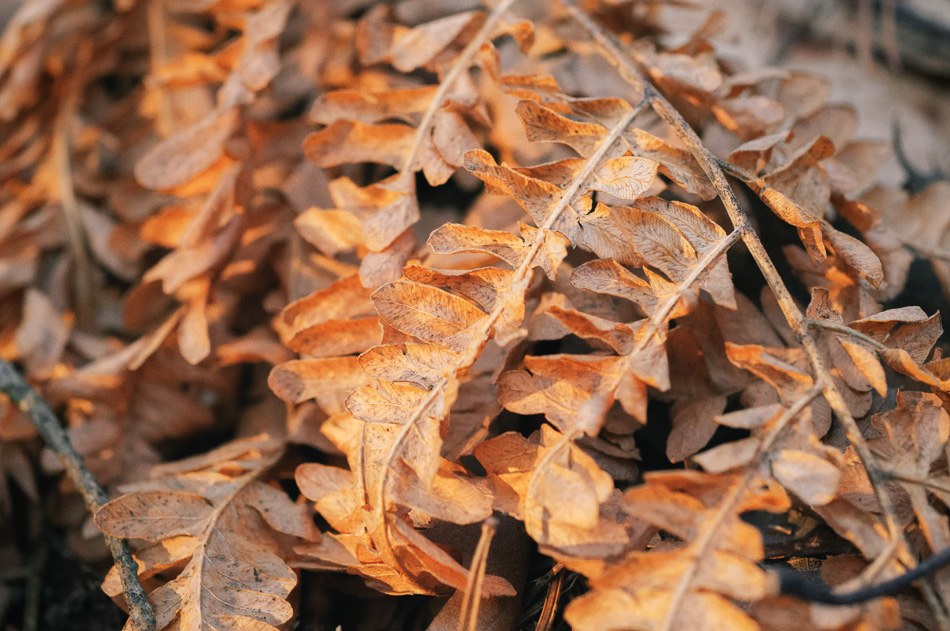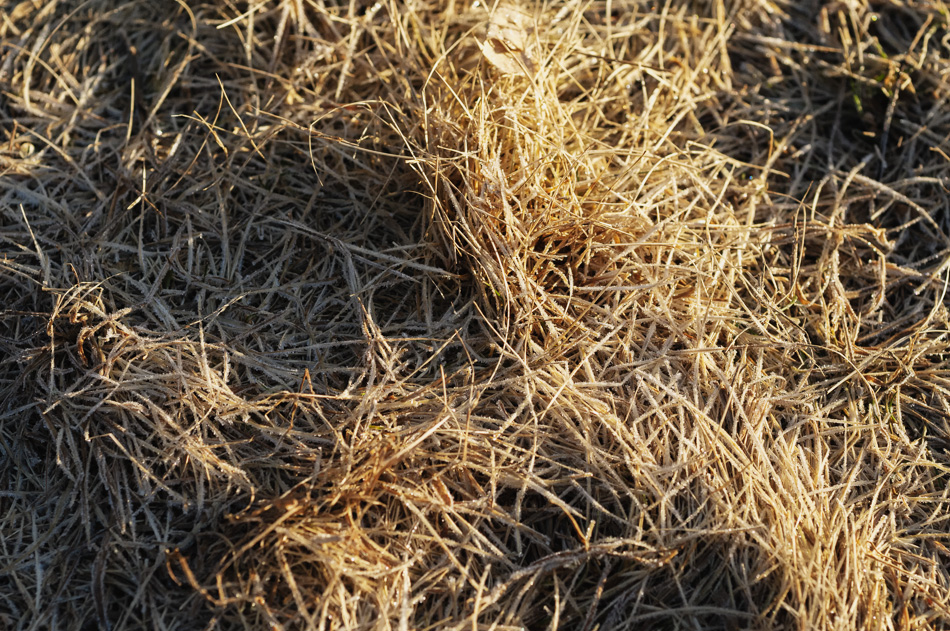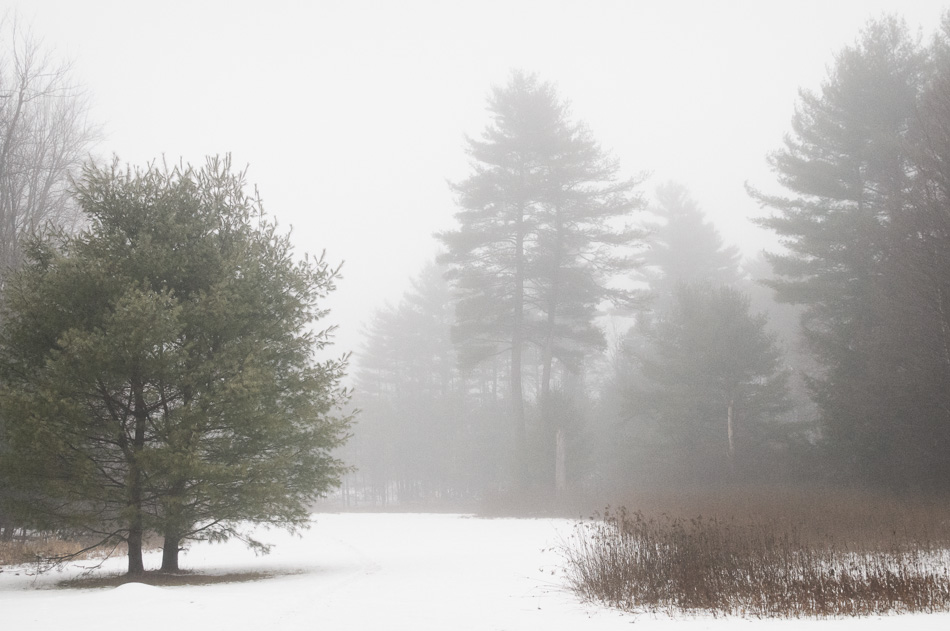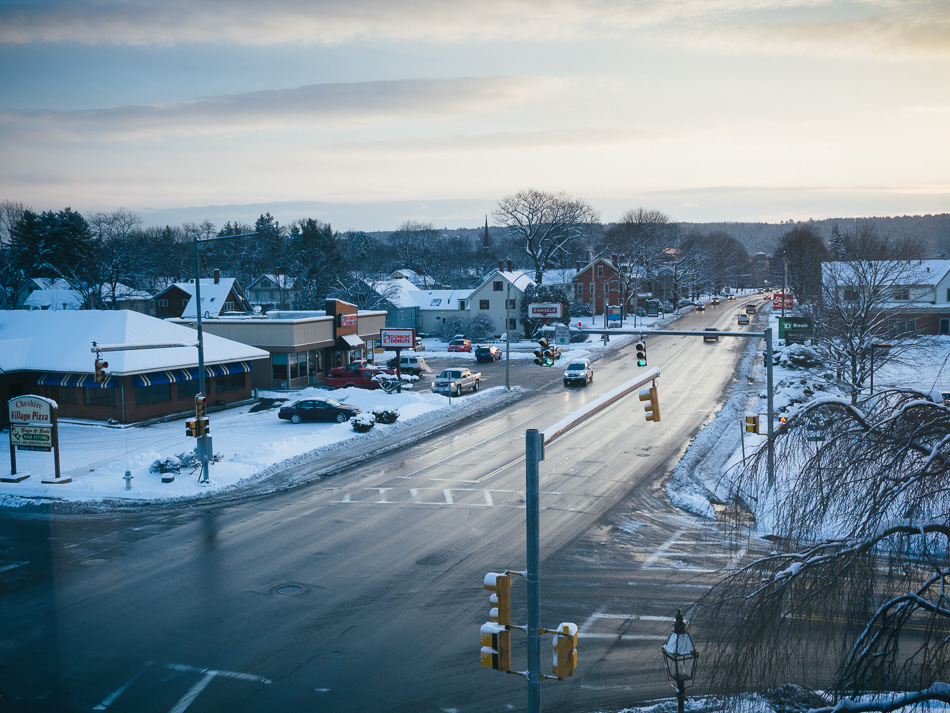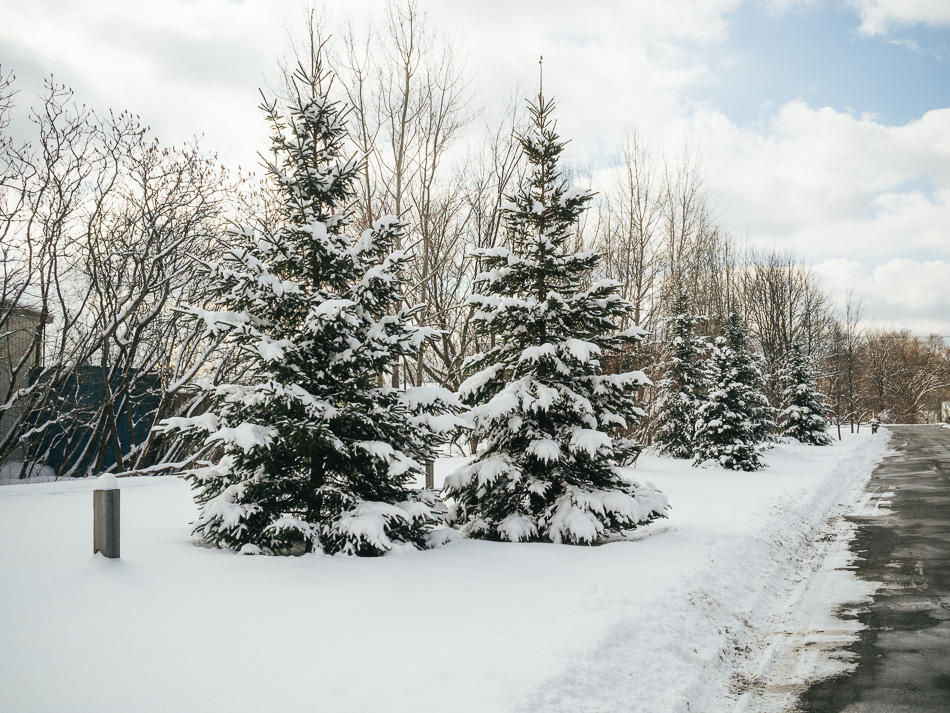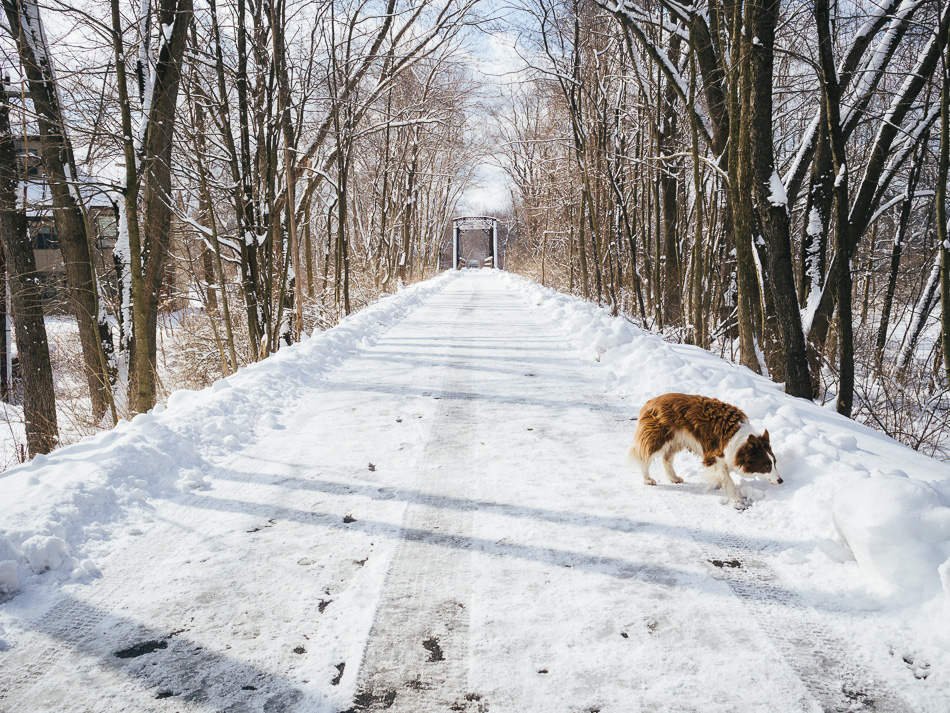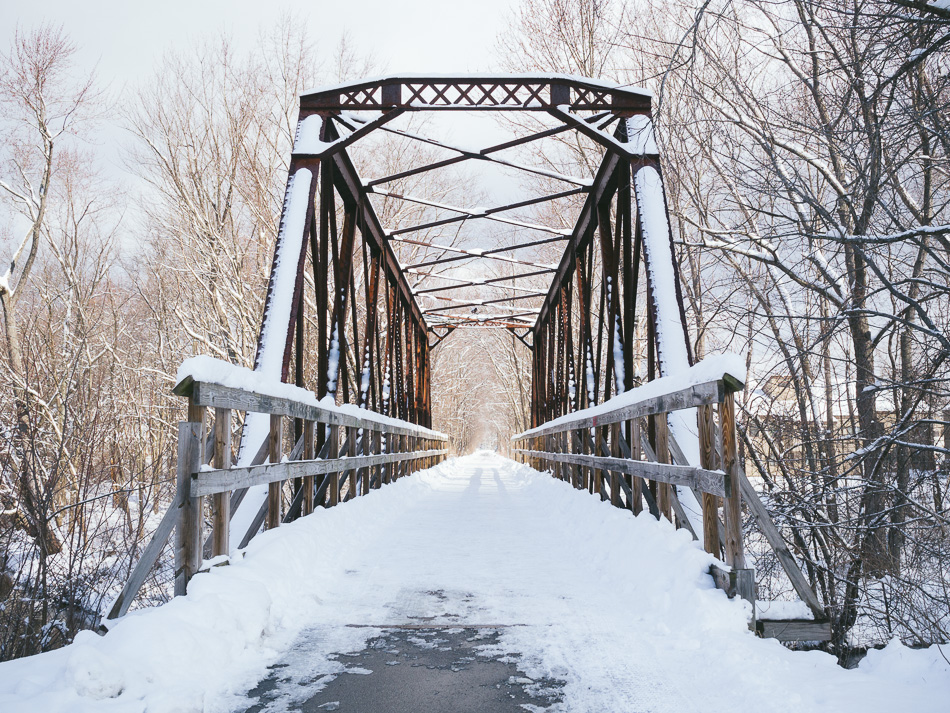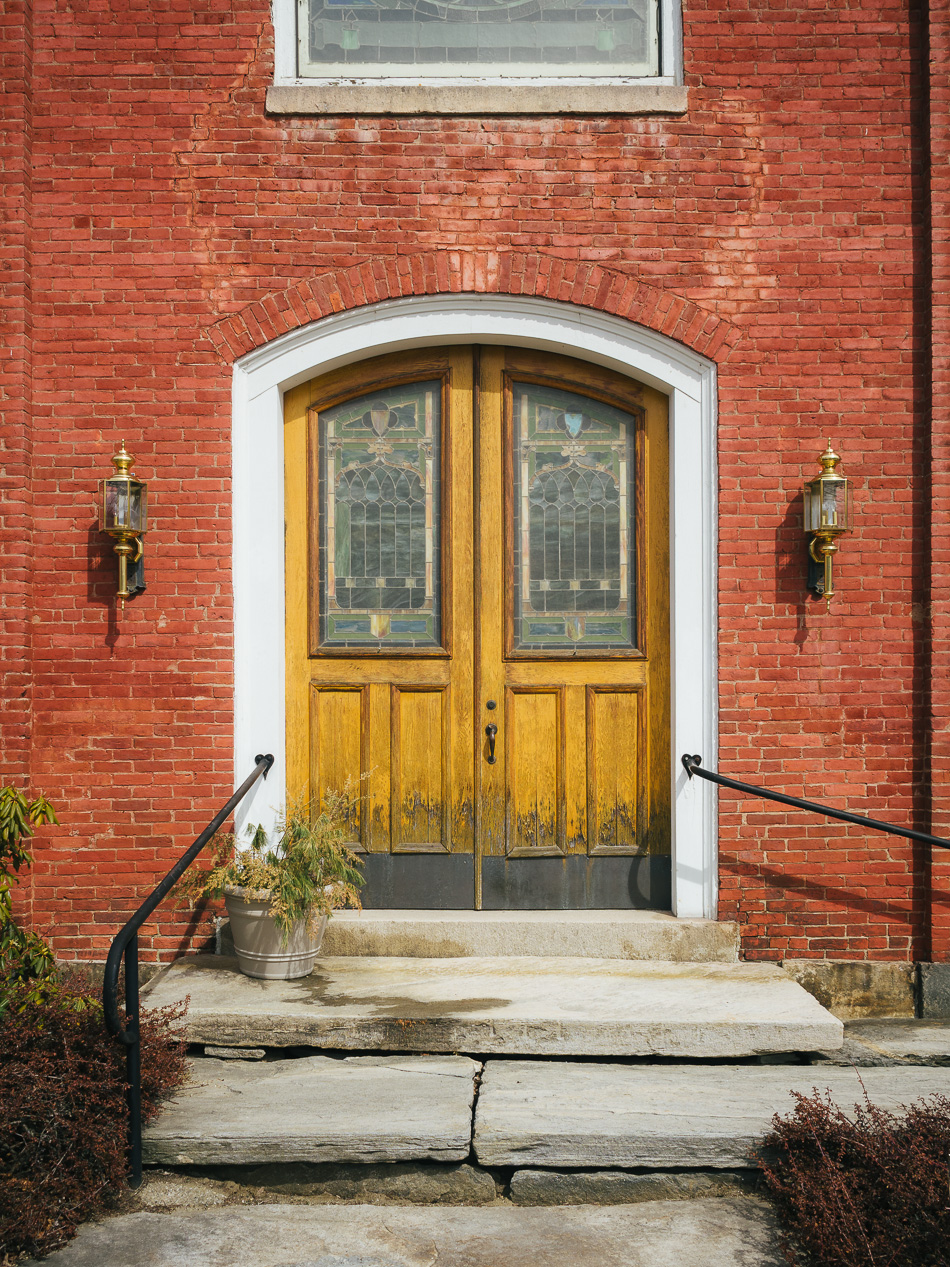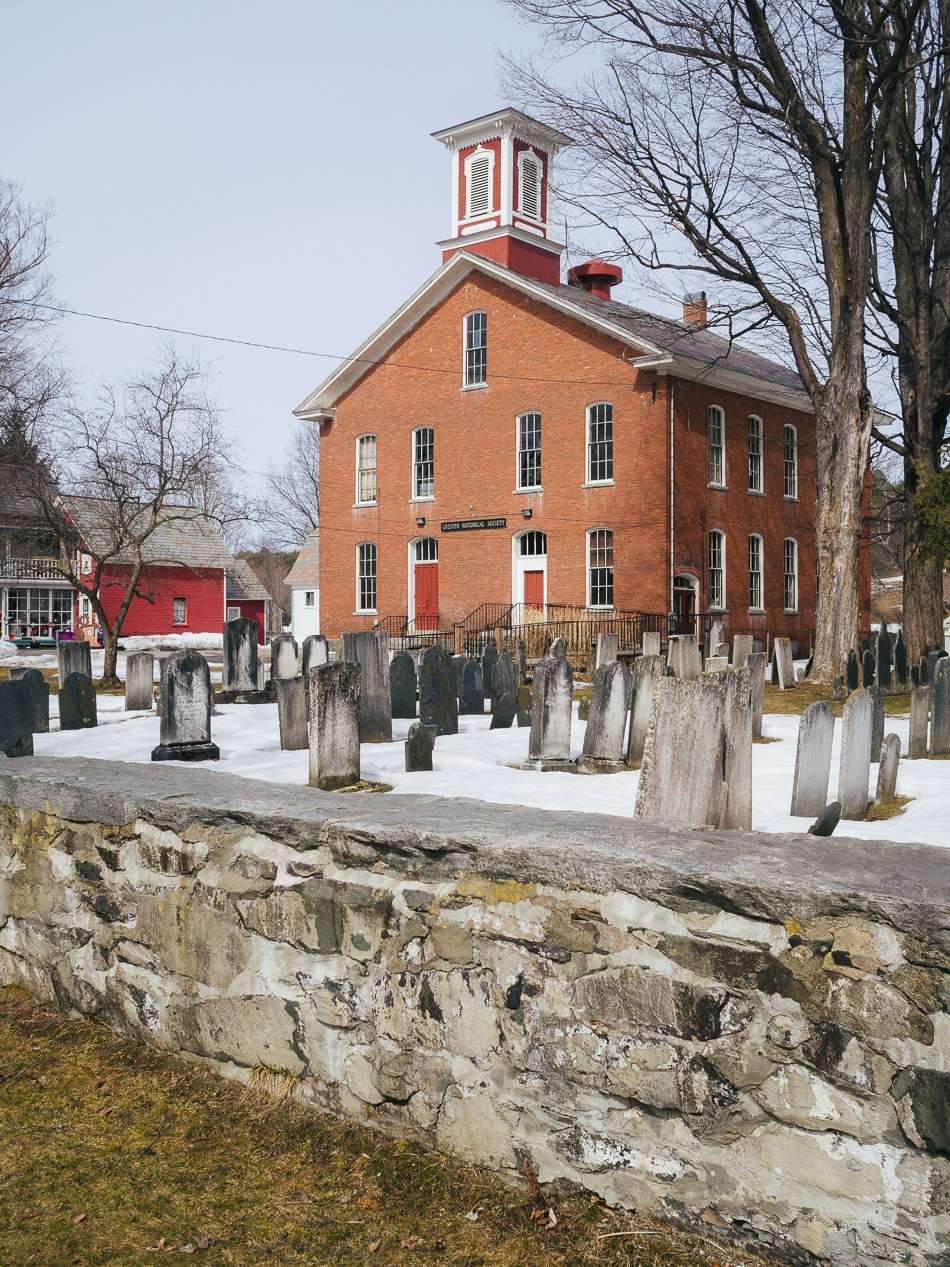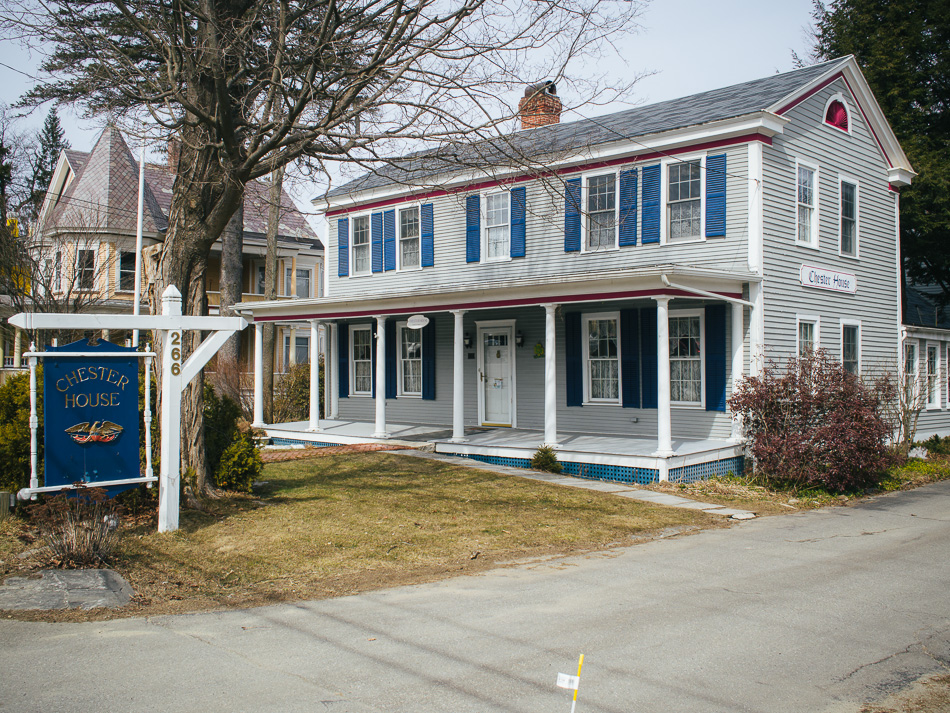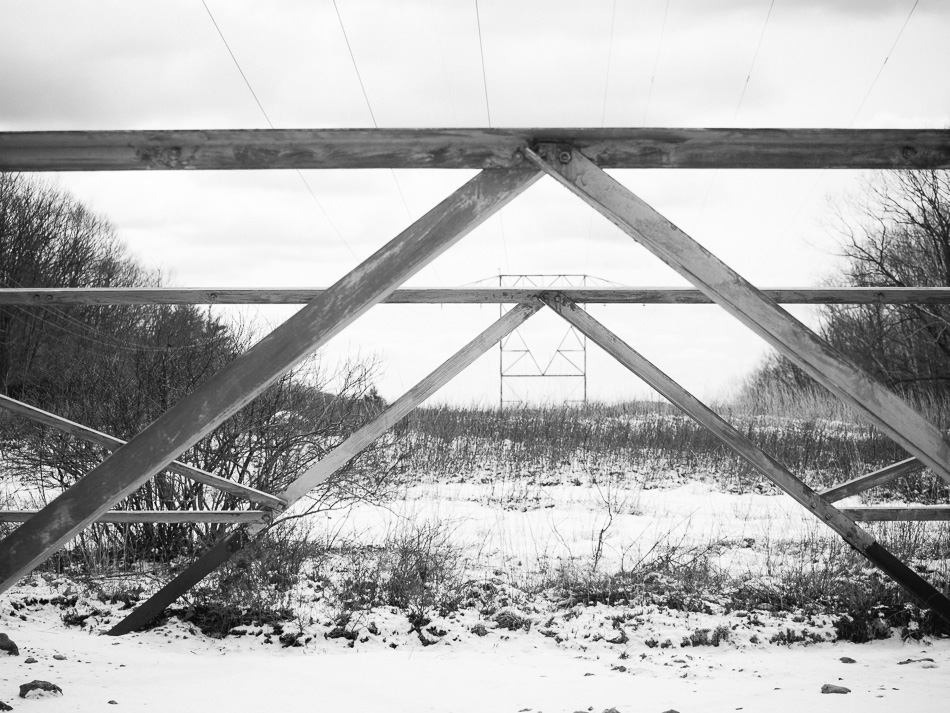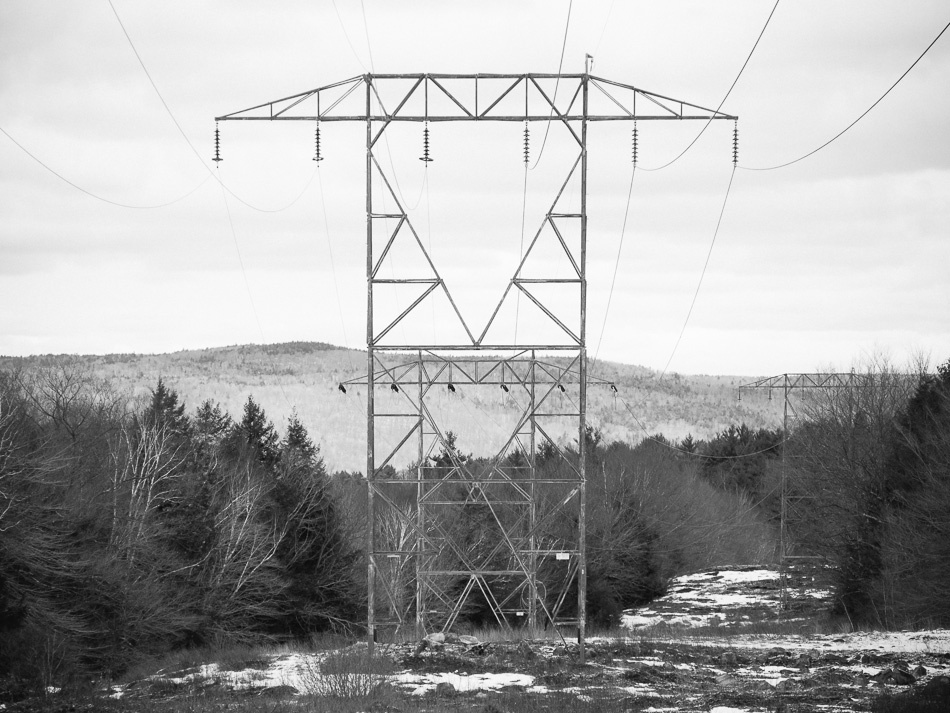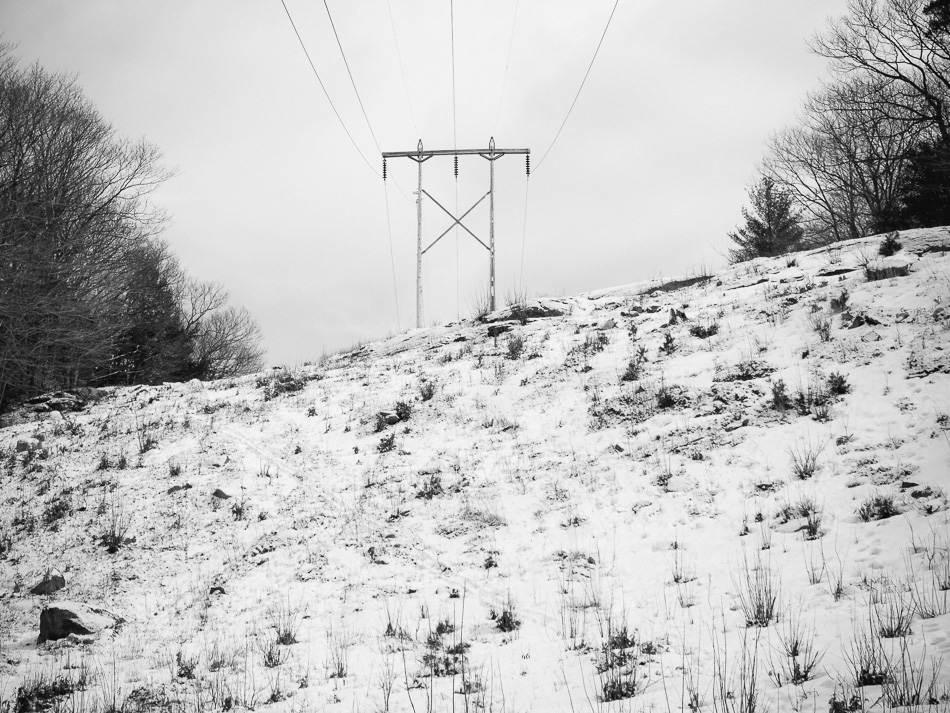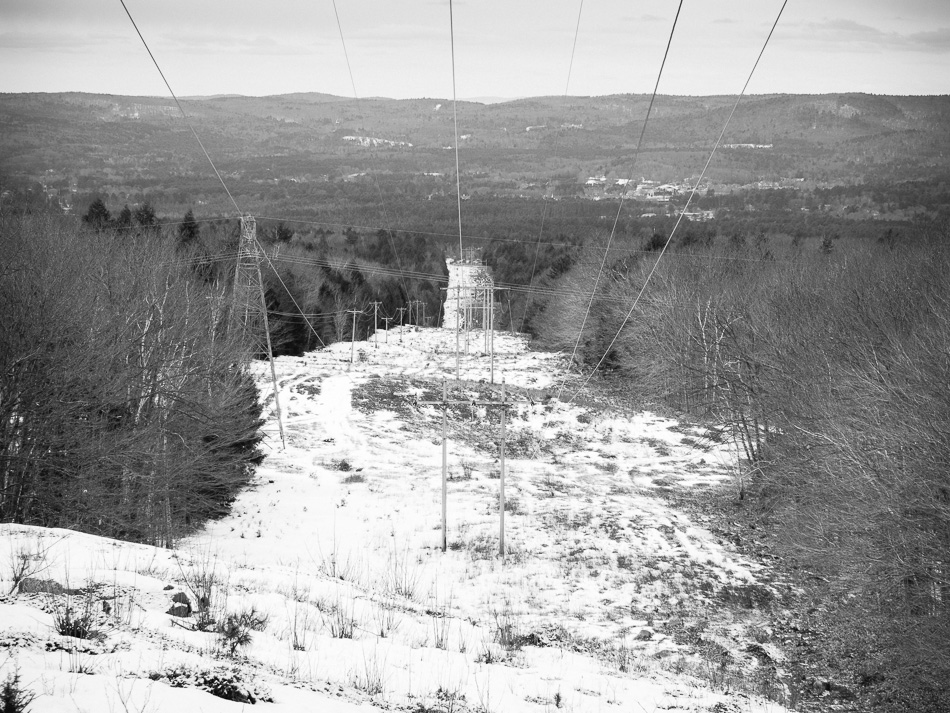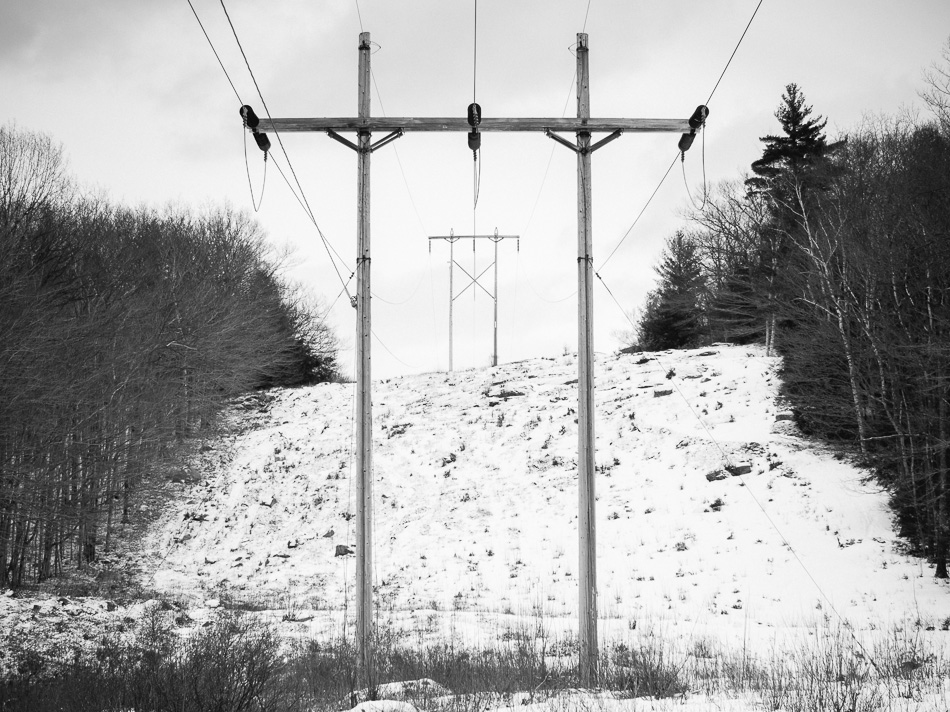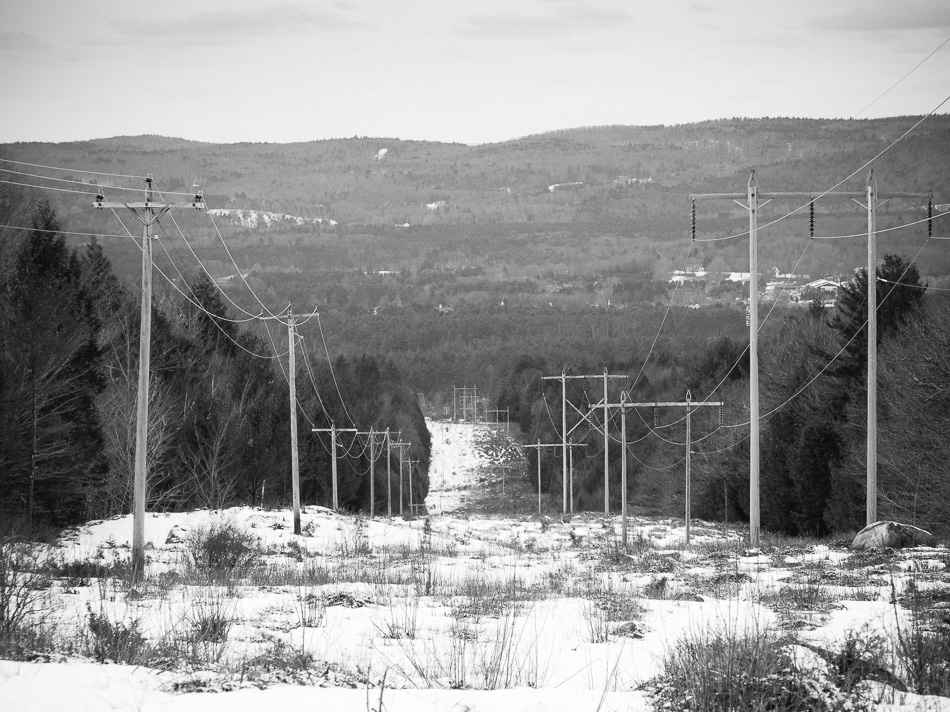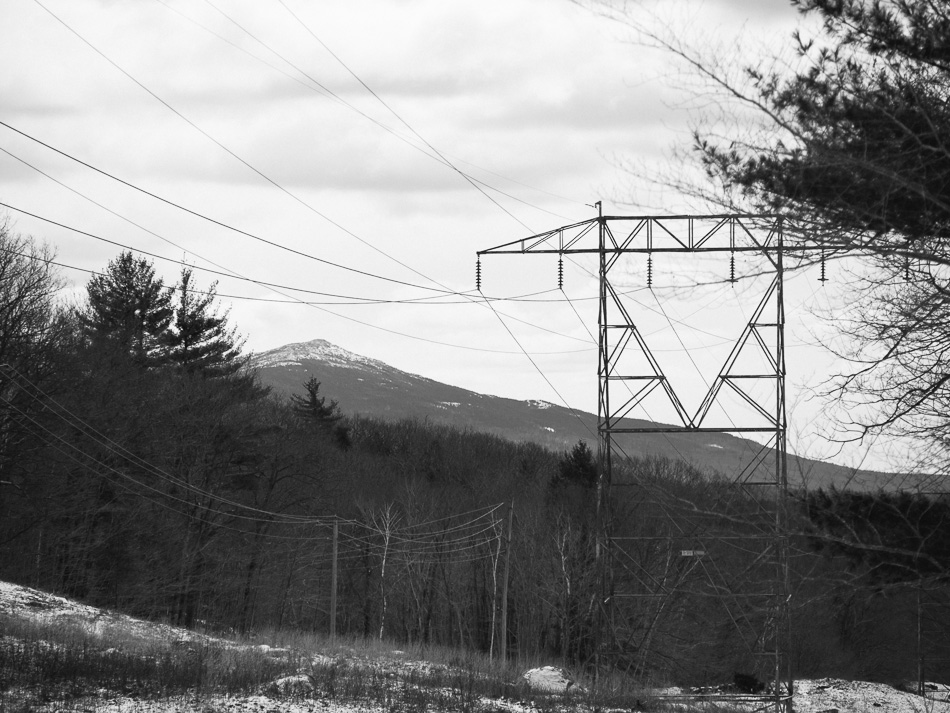A Forest Light Study
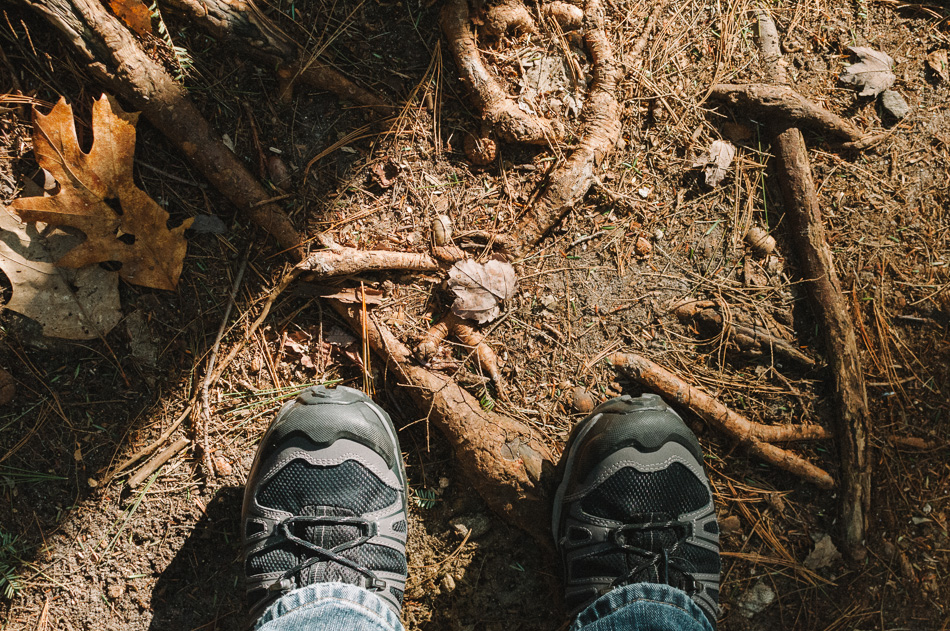
I’m not exactly sure when it began, but lately I have started to focus on the quality of the light within my photographs. I used to take a ridiculous number of photos in poor quality light, as if a part of me believed that if I nailed the composition or had a strong enough subject, the absence of good light would not matter. Now, I am starting to visualize photographs based on the light that I see, and I make more adjustments to my shooting angle to make the best use of the light that I have to work with.
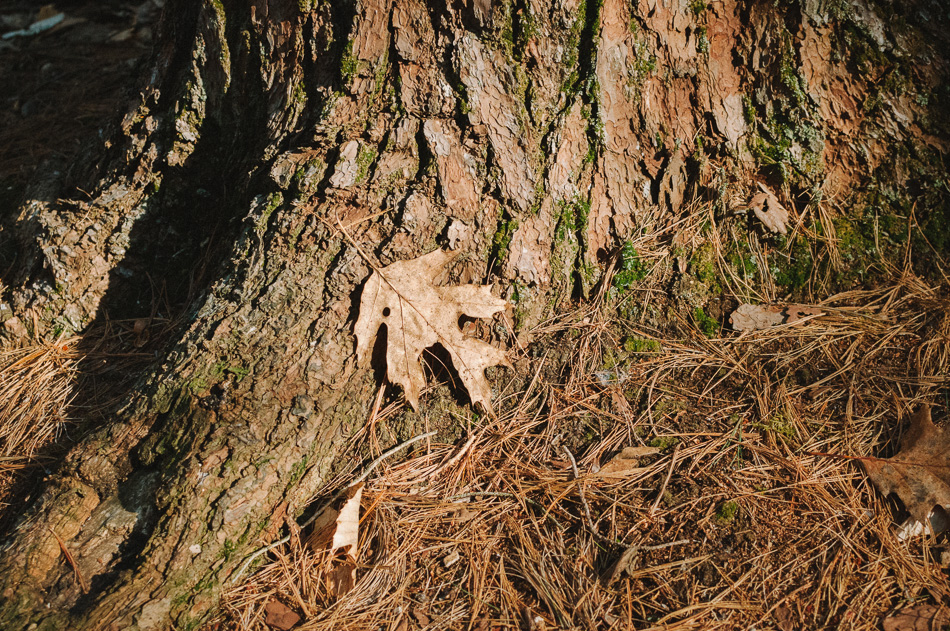
In addition to the quality of light, I am also paying more attention to the direction of the light. I am especially fond of good side lighting, as it emphasizes texture and detail. Side lighting works especially well for nature photos.
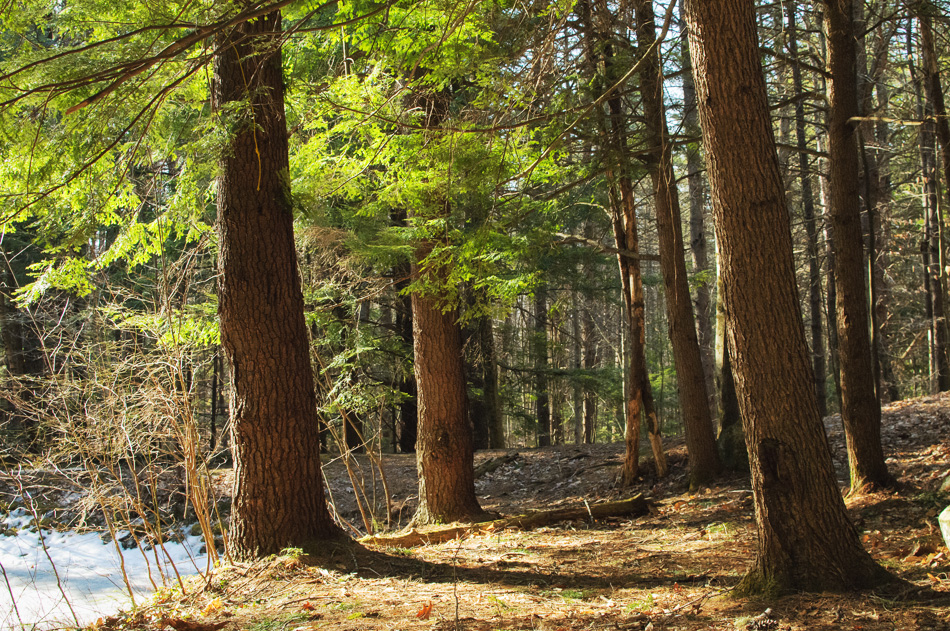
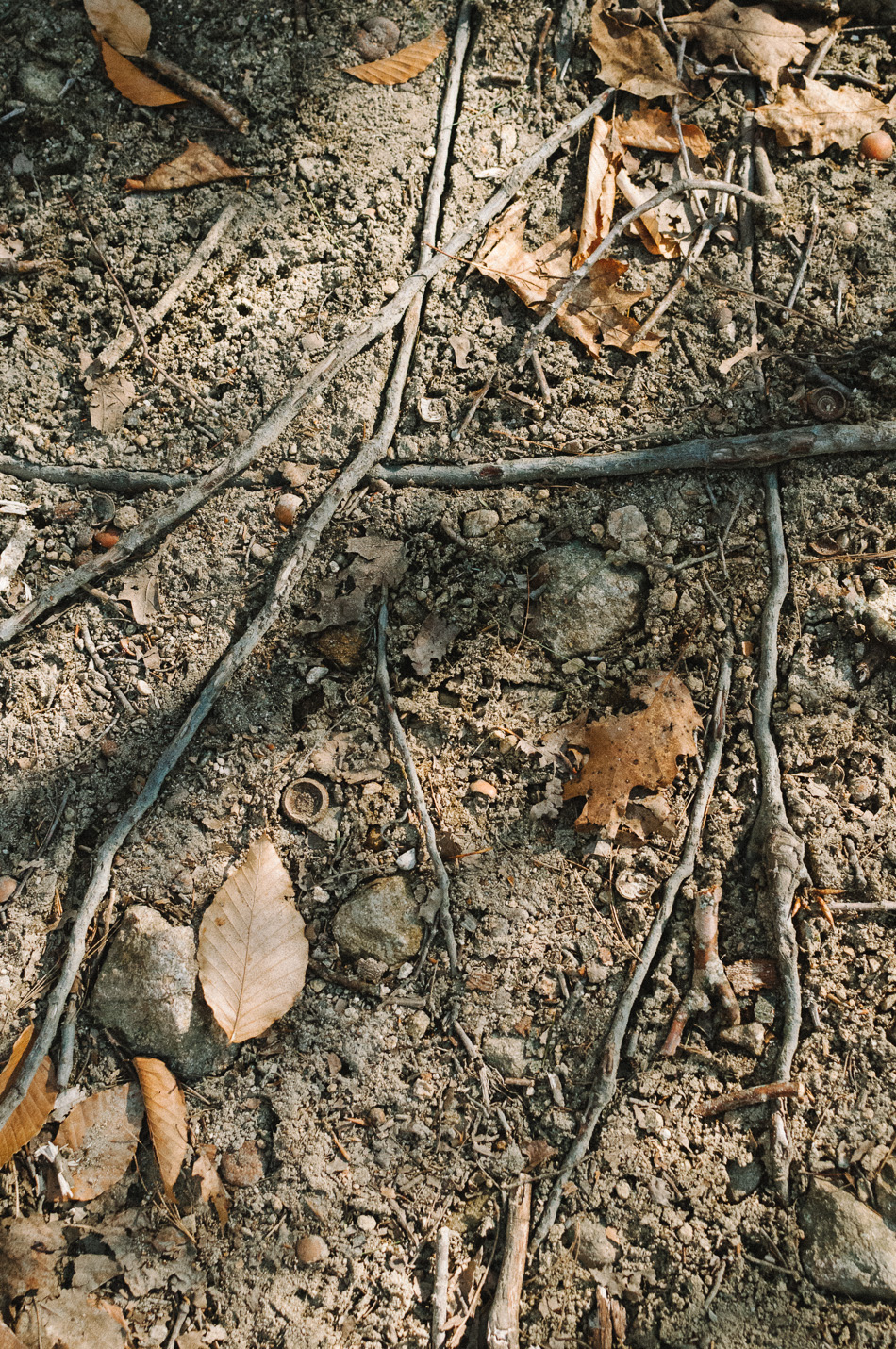
I’m also experimenting with placing myself on the shadow side of objects, especially as the sun gets higher in the sky and the light becomes more harsh. The contrast on the shadow side is much lower, which allows me to capture details that would be easily obliterated by the harsh direct sunlight. Though I usually use a lens hood, often times I will place a thick tree between my camera and the sun so that no sunlight can fall on the front element of my lens and produce flare. This also makes it much easier to see the image in the viewfinder of my camera.
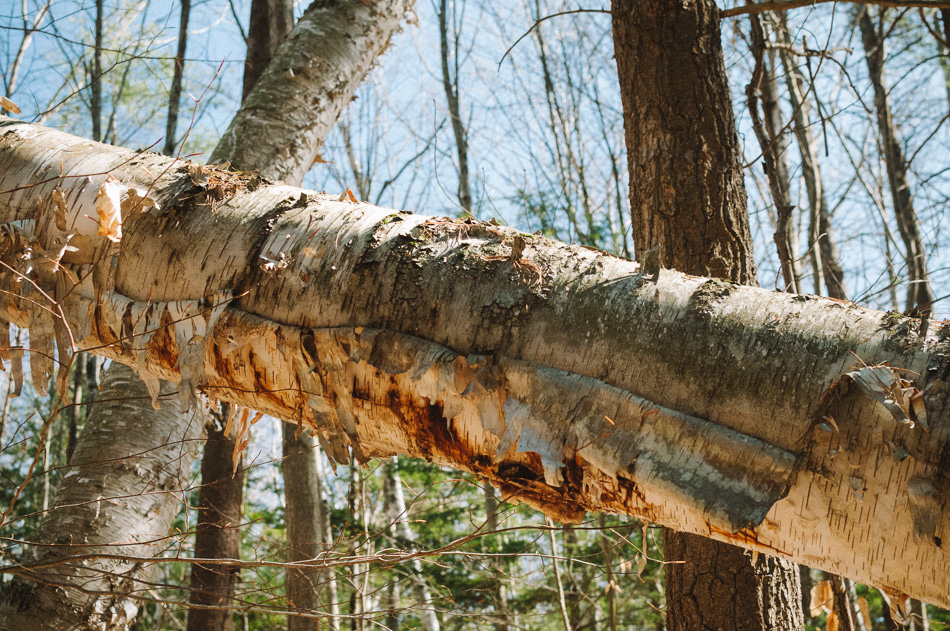
Perhaps the most important lesson that I have learned about light in the forest is that nearly everything reflects it, especially when the leaves emerge. A circular polarizer is a must have accessory, as it makes it simple to reduce the glare off of foliage, or reflected from the surface of water. With the reduced glare, color saturation is significantly better. Because the polarizer blocks some of the light from reaching the camera’s sensor, longer shutter speeds are required when using one. However, I have found that it is better to boost the ISO and use a polarizer rather than live without one and use faster shutter speeds. The tradeoff is almost always worthwhile.
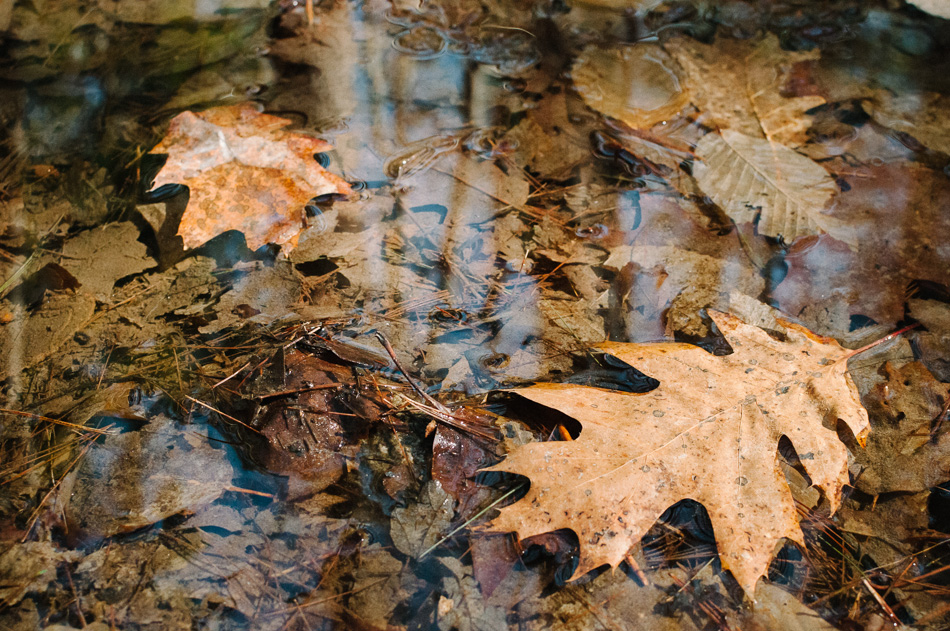
Most of the images in this post were processed using the VSCO Film 01 plugin for Lightroom 4. Before I began to focus on the quality of the light within my photos, I have to admit that I was very disappointed with VSCO Film. I bought it because I liked the film-like look that other photographers have been able to achieve with it, but I have had difficulty getting acceptable results with it for my own work. However, I am noticing that since I started to pay more attention to the quality of light, suddenly VSCO Film is working for me. Perhaps it wasn’t the plugin after all.
Morning Walk Near the Ashuelot River, Keene, NH
With my favorite camera off for repairs, it has been awhile since I ventured out for a photo walk. It will probably be another week or two before I see that camera again, and this morning I was feeling a strong urge to head out and take some photos. Shortly after sunrise, I grabbed my old DSLR and headed for the Ashuelot River park.
I took the first photo from the footbridge that crosses the river, just South of the Route 9 bridge that spans the river. This is looking South towards the city.
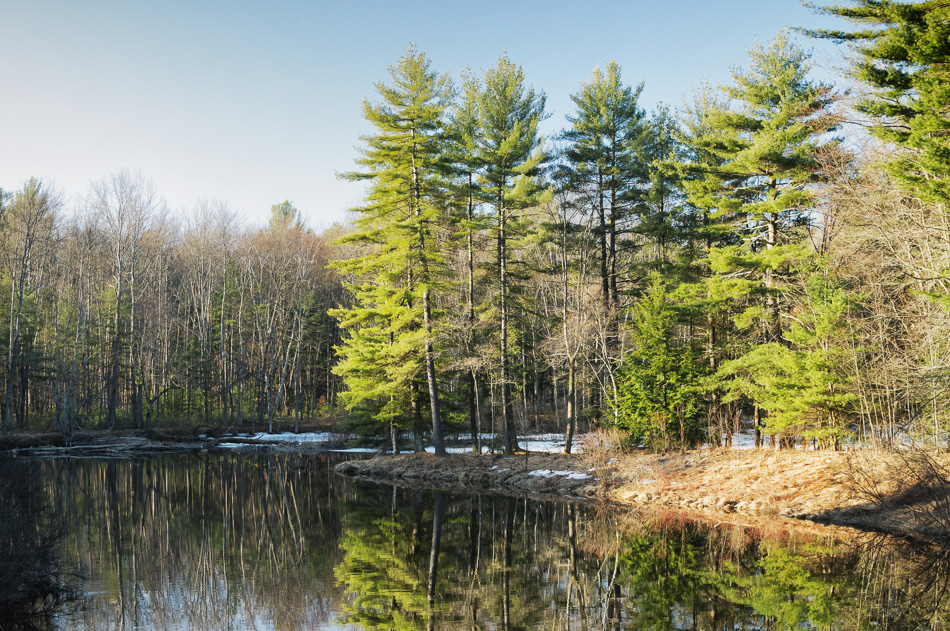
After crossing the footbridge, the path loops back North and passes beneath the Route 9 bridge. This has become one of my favorite spots to stop because of the interesting architecture of the bridge columns, and the way they interact with the light and the mirror-like surface of the river. I also love the subdued colors here, and almost always find something interesting. This was shot as the pigeons cooed from the rafters beneath the bridge deck.
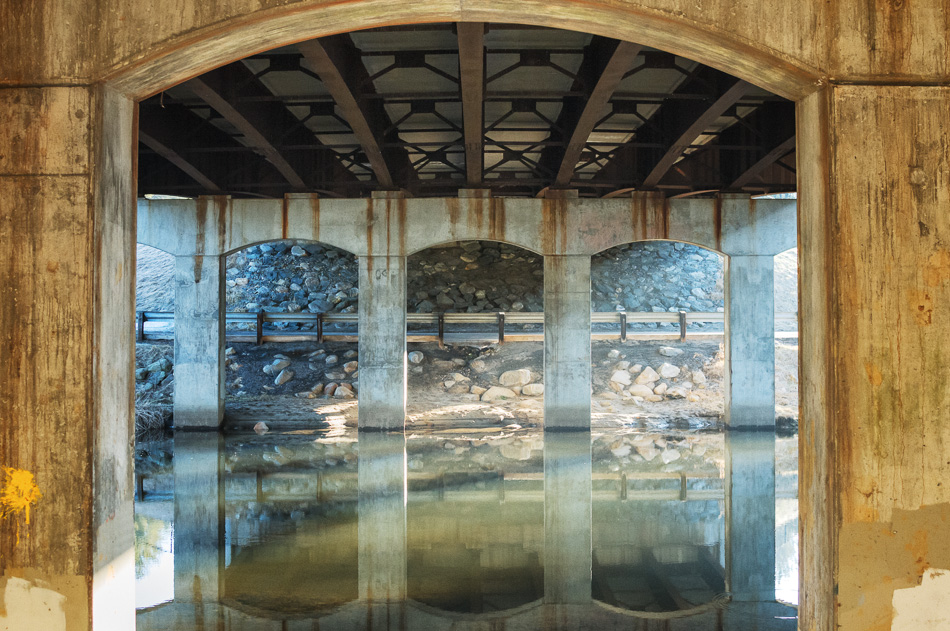
After passing under the bridge, the trail loops to the West, heading toward the junction of Routes 9 and 12. After several minutes of walking, I came to the small tunnel that runs beneath the off-ramp that leads drivers heading West on Route 9 onto Route 12 North. The interior walls and ceiling of the tunnel have been painted red in a futile attempt to cover up graffiti, and the combination of natural and man-made colors provided an interesting subject for my next photo.
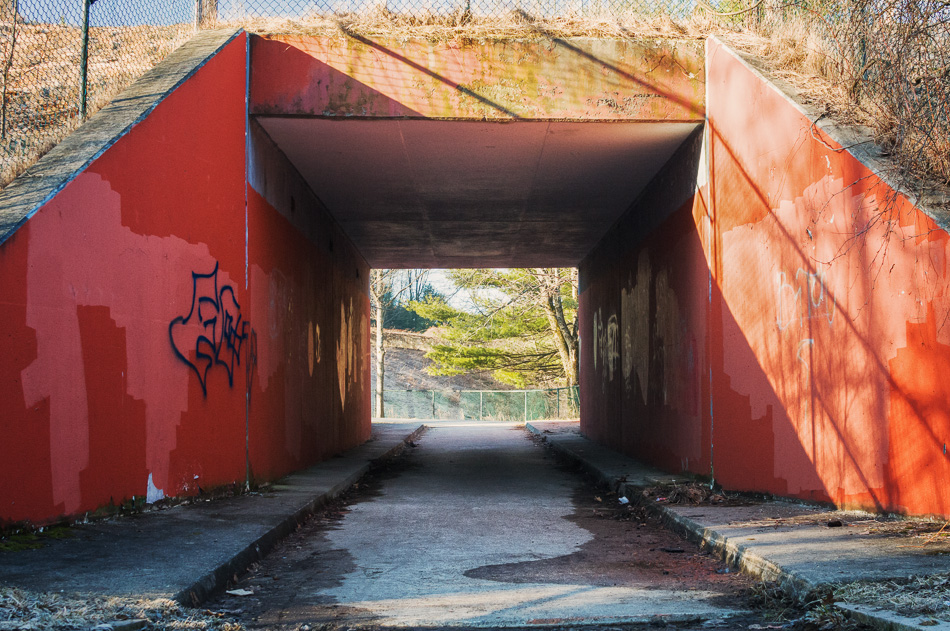
After the small tunnel, the path curves up a hill and eventually runs parallel to Route 9 heading West, just before it joins Route 12. After crossing Route 12 on the overhead bridge, I arrived at the forest on the right side of the road. An opening in the chain link fence allowed me to enter, where I found many evergreen trees bathed in the morning sunlight.
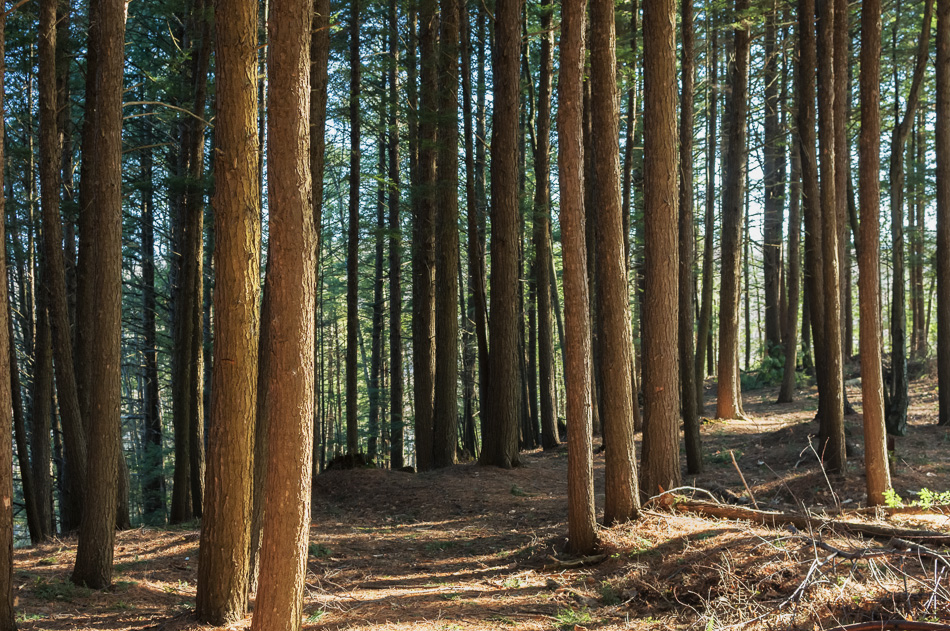
At this point, the light was becoming harsh and I realized just how far away from home I was. Putting photography aside for a bit, I focused on the long walk home while taking time to appreciate the warm sunshine and following my breath as I slowly walked home. While cutting through the Ashuelot River park one last time, I spotted this pine cone on the frosty grass back lit by the morning sunshine.
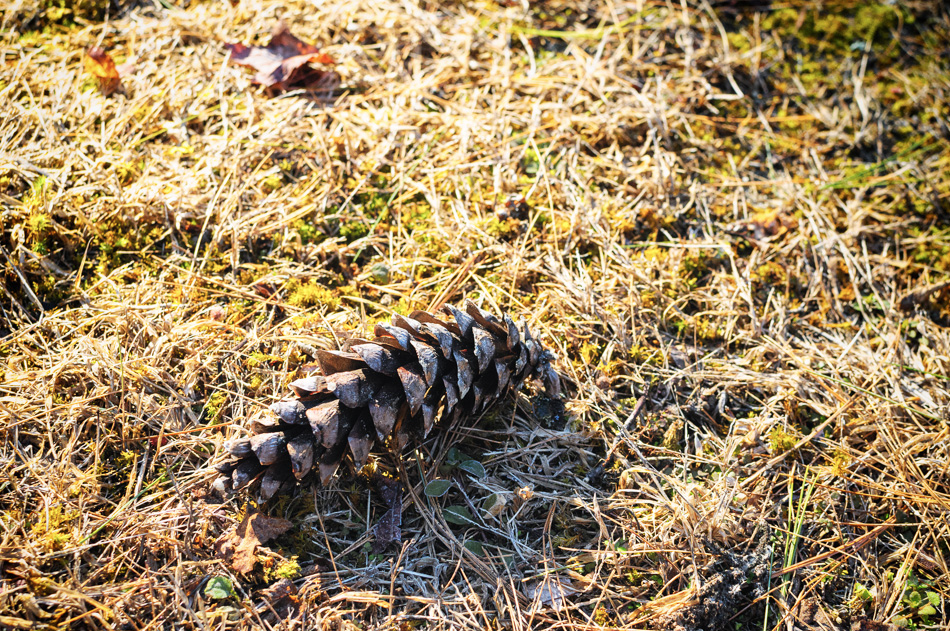
The photos in the post were processed in Lightroom 4, using the Nik Collection plugins from Google. I purchased the Silver Efex Pro 2 plugin from Nik about a year ago, and last week Google gave me the rest of the Nik plugins for free. While I still have a great deal to learn, I am very impressed with the plugins so far, especially with Color Efex Pro 4. At this early stage, I am finding that the modern film and pro contrast filters are very good. While I prefer to make virtual edits on top of the original files as you can in Lightroom, I know from working with Silver Efex Pro 2 that the inconvenience of editing in a separate TIF file is almost always worth the trouble. The Nik filters are that good.
